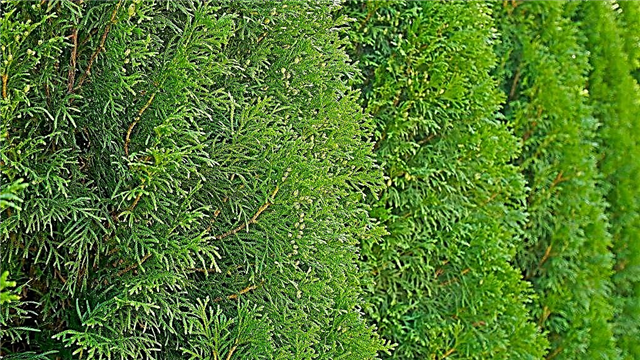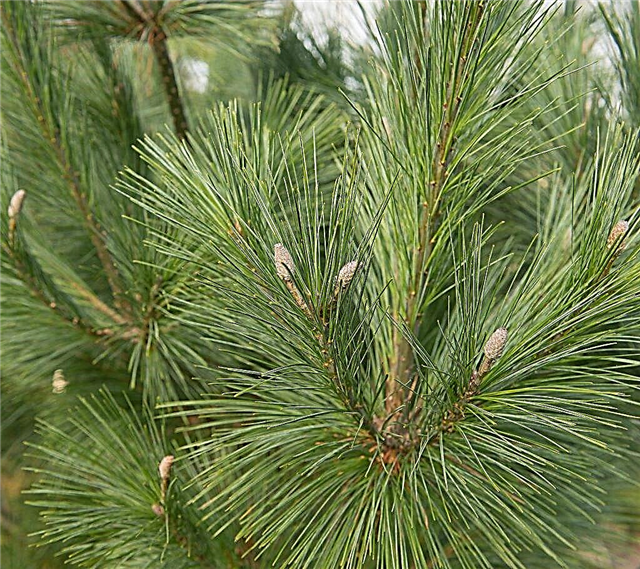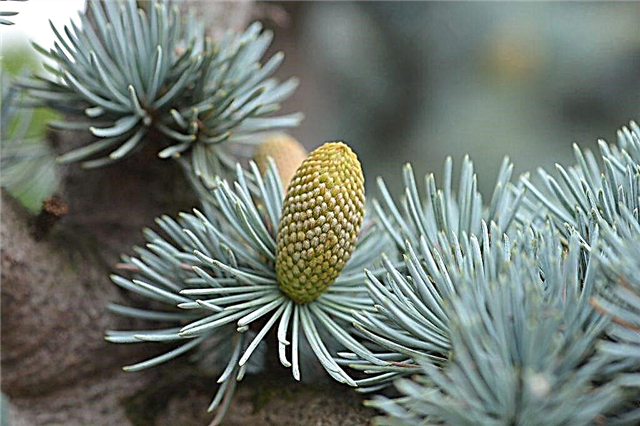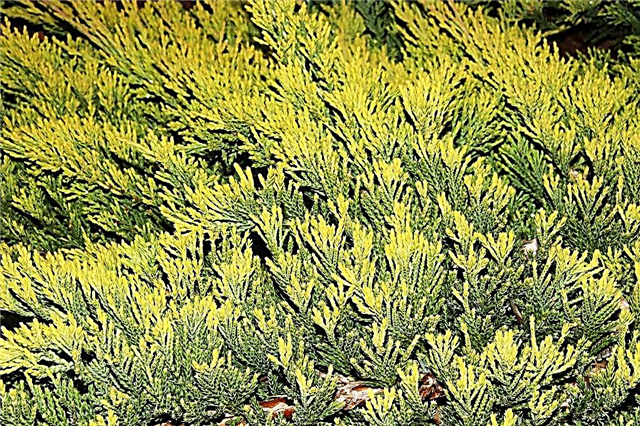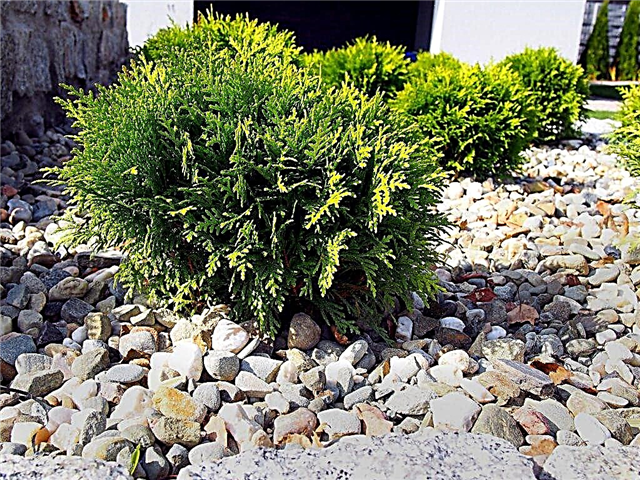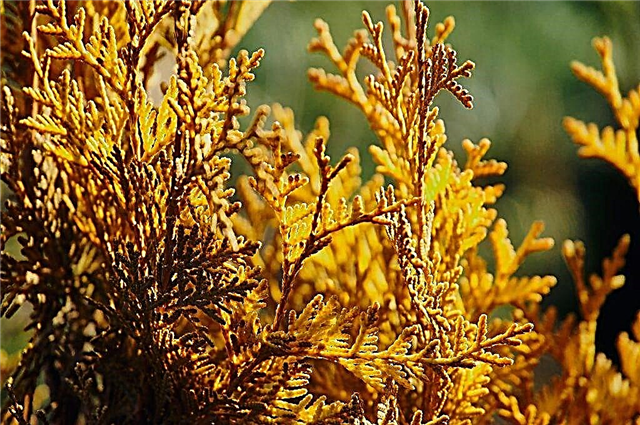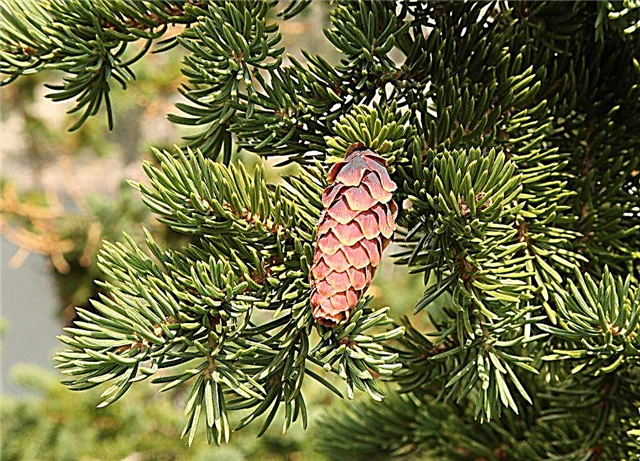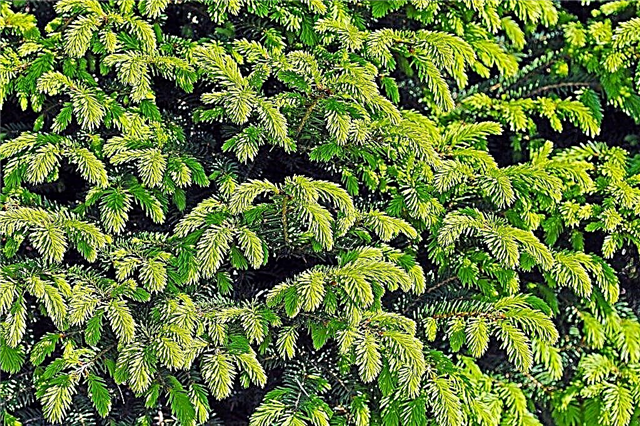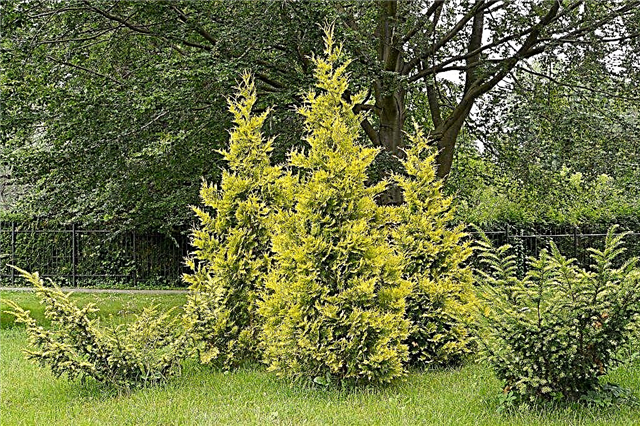Copyright 2024 \ Farm meridian
Thuja folded Vipcord: how to properly grow ephedra
In landscape design, the trees of the cypress family take pride of place. They may not give shade, but their crowns are so beautiful that they themselves become a wonderful decoration for garden plots and park areas. In total, there are more than 100 decorative types, one of the most popular are many...
Schwerin Witthorst pine - cultivation features
Schwerin's Wiethorst pine (pinus schwerinii Wiethorst) is a hybrid of two species, Griffith and Weymouth. The main advantages are in the initially pyramidal shape and small annual growth, as a result of which, in adulthood, it reaches only 2 - 2.5 meters. They grow it for decorative purposes, combining...
Features of the Atlas cedar - a heat-loving plant with an original crown
Atlas cedar is a powerful evergreen giant that grows in Africa. This species is especially common in Morocco and Algeria. It was named after the native African mountains - Atlas. It has been cultivated in Europe since the middle of the 19th century. Features of the Atlas cedar Brief information...
Juniper Golden Carpet - golden-colored creeping coniferous plant
Juniper Golden Carpet (Juniperus horizontalis Golden Carpet) has a beautiful golden color and horizontal creeping branches. He comes from North America, and its name in translation sounds like "Golden Carpet". Dense twisting shoots with soft needles really resemble fluffy...
Thuja western Danica - easy-care and attractive ephedra
Everyone wants to spend a minimum of time caring for the garden, but at the same time, so that it remains beautiful and delights everyone around. To make this dream come true, there is a solution - give preference to the slowest growing varieties of evergreen conifers. Thuja Danica is considered one of the best....
Thuja western Sankist - a bright element of the suburban area
Thuja Sankist is a popular ornamental plant with honey-yellow needles. North America is considered her homeland. The name of the tree is translated as "sun bunch" (because of the golden color of the crown). To successfully grow this original tuika, it is useful to know the main characteristics, rules...
Engelman spruce: a beautiful tree with extraordinary needles
Engelman's spruce is a beautiful coniferous plant with a conical crown and a silvery or gray-green color. She comes from North America, and came to Europe in the second half of the nineteenth century. There are several varieties of this tree, which differ in size, shades...
Features of growing Khybernik juniper
One of the best decorative elements in garden landscaping is the Khybernik juniper. The evergreen plant was bred over 200 years ago in Ireland and has become widespread throughout the world. This is one of the most successful developments of breeders, which has become unique...
Norway spruce Nidiformis - needles growing in breadth
Spruce Nidiformis (Picea abies Nidiformis) is an ornamental dwarf shrub with an interesting cushion shape. She comes from Germany, where she was bred at the beginning of the 20th century. The herringbone is very unpretentious, but for successful cultivation it is useful to know its features and the rules of agricultural technology. Norway spruce...
Thuja western Miriam - ideal for decorating a garden
Tuya Miriam is a European novelty that attracts with an interesting crown shape and original color of needles. Its progenitor was the Danish tuika Danika, the mutation of which was noticed and fixed in time by the breeders. The shrub differs from the original variety in a golden tint in spring and bronze...

